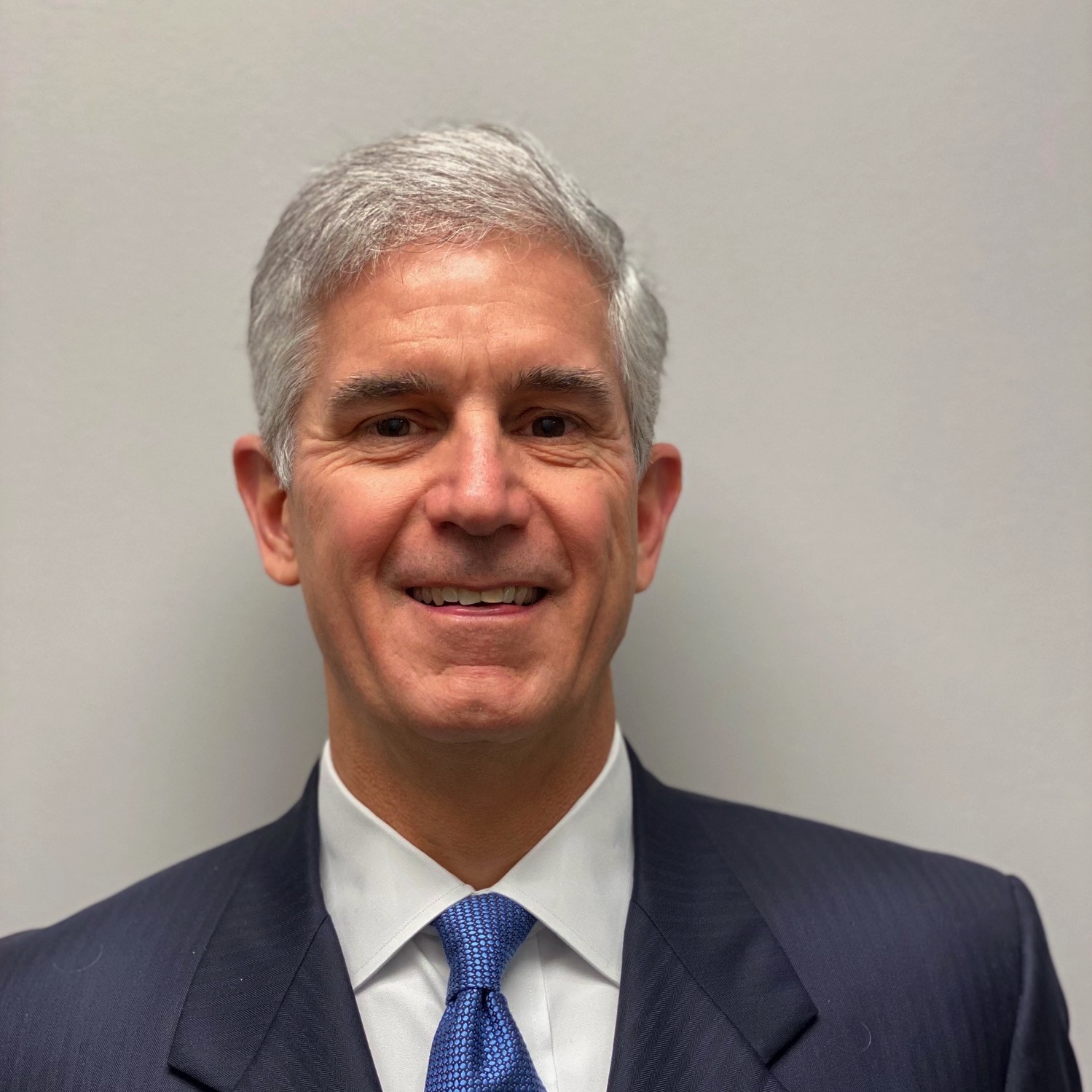- The First Settlement in a GenAI Training Case Has Implications for Content Creators and Business Users
- Act Before the Breakup: Use a Contract to Keep Your Brand Whole
- What Will the New American Revolution of Limiting the Power of the Regulatory State Mean for Businesses?
- What Will the New American Revolution of Limiting the Power of the Regulatory State Mean for Businesses?
- The Copyright Office Issues Its Long-Awaited Report on AI Training Material and Fair Use. Will It Stymie the U.S. AI Industry?
Latest Blog Posts
Two Distant Businesses With Similar Names Butt Heads on the Internet: A Tale of Woe and Lessons Learned
What will your business do when an online-confusion disaster strikes?
Let’s suppose your business operates regionally. Out of the blue, you discover an “online rival” – a business operating in a distant part of the United States with roughly the same name that sells roughly the same goods or services.
The online rival uses a website domain name similar to yours. Both businesses appear in Google search results, jostling for the top spot. Both businesses have mobile phone apps with similar names
The name similarity confuses some people. Sometimes, one company gets calls meant for the other. Confused people get frustrated and post negative online reviews. Some people send invoices to or pay the wrong company, and other business paperwork gets misrouted.
What I described isn’t hypothetical. It happened recently to a couple of credit unions: UFirst Federal Credit Union, which operates in upstate New York, and UFirst Credit Union, which operates in Salt Lake City, Utah.
The credit unions started with different names. Each changed its name to feature “UFirst” to appeal to a broader marketplace. The New York credit union made the change in 2006, and the Utah one did so in 2022. When considering a name change, the Utah credit union discovered the New York credit union with a similar name but thought it was okay to proceed because the New York credit union had not applied for federal trademark registration for its UFirst name.
After the Utah credit union made a name change, the problems I described above broke out. Unfortunately, due to a recent court ruling, it appears the two credit unions must live with the confusion unless one of them changes its name.
Under trademark law, when two similar businesses use confusingly similar names, the senior user in a geographic marketplace has superior rights to use its name there, so the junior user can’t use its name in that area.
The New York credit union (the first one to use the UFirst name) sued the Utah credit union for trademark infringement to try to force it to change its name everywhere. The federal trial court ruled against the New York credit union because it hadn’t established a substantial customer base in Utah or even outside of upstate New York.
The New York credit union also argued that it should have the exclusive right to use the UFirst name on the Internet because it launched a website and app using the UFirst name before the Utah credit union. The court held that the Internet isn’t a separate geographic territory in which a party can monopolize the use of a trademark by getting there first.
It held that trademark rights can be established only in physical geographic territories, and you do so by doing business in them – getting customers and sales. Accordingly, the court held that the parties must live with the confusion created by each credit union’s Internet presence.
What could have been done to prevent this disaster from happening?
1. Name Selection. Don’t pick a business name highly similar to one already used by another business in the same or similar industry, even if that business is geographically remote. The Utah credit union should not have chosen the UFirst name after it saw the name of the New York one. While the Utah credit union didn’t lose the lawsuit, some of its customers have been confused, and it may face limits on geographic expansion.
2. Federal Trademark Registration. The New York credit union should have applied for federal trademark registration as soon as it chose to adopt the UFirst name. That would have given it first dibs on using the name in Utah and elsewhere before the Utah credit union chose the same name. Getting that registration also would have put the Utah credit union on notice that it was choosing a problematic name. That would have helped the New York credit union in the legal battle.
3. Trademark Infringement Watching and Policing. Once it adopted the UFirst name and applied to register it federally, the New York credit union should have had its trademark lawyer immediately begin watching for infringements. It should have detected the Utah credit union’s adoption of an identical name as soon as it appeared on the Internet. It then should have immediately written to the Utah credit union warning it not to implement the matching name and outlining the potential legal consequences.
As usual, the lawyers are the only winners in this sad tale. As the kids say, “Billable hours are undefeated.” I estimate each side spent about 35 times more money fighting this issue than it would’ve spent handling it right from the beginning.
Think of it this way: Paying for preventive trademark legal work is like buying strong locks and an alarm system. Skipping it is like paying out-of-pocket to rebuild after a looting attack or three-alarm fire.
Written on July 30, 2024
by John B. Farmer
© 2024 Leading-Edge Law Group, PLC. All rights reserved.



